
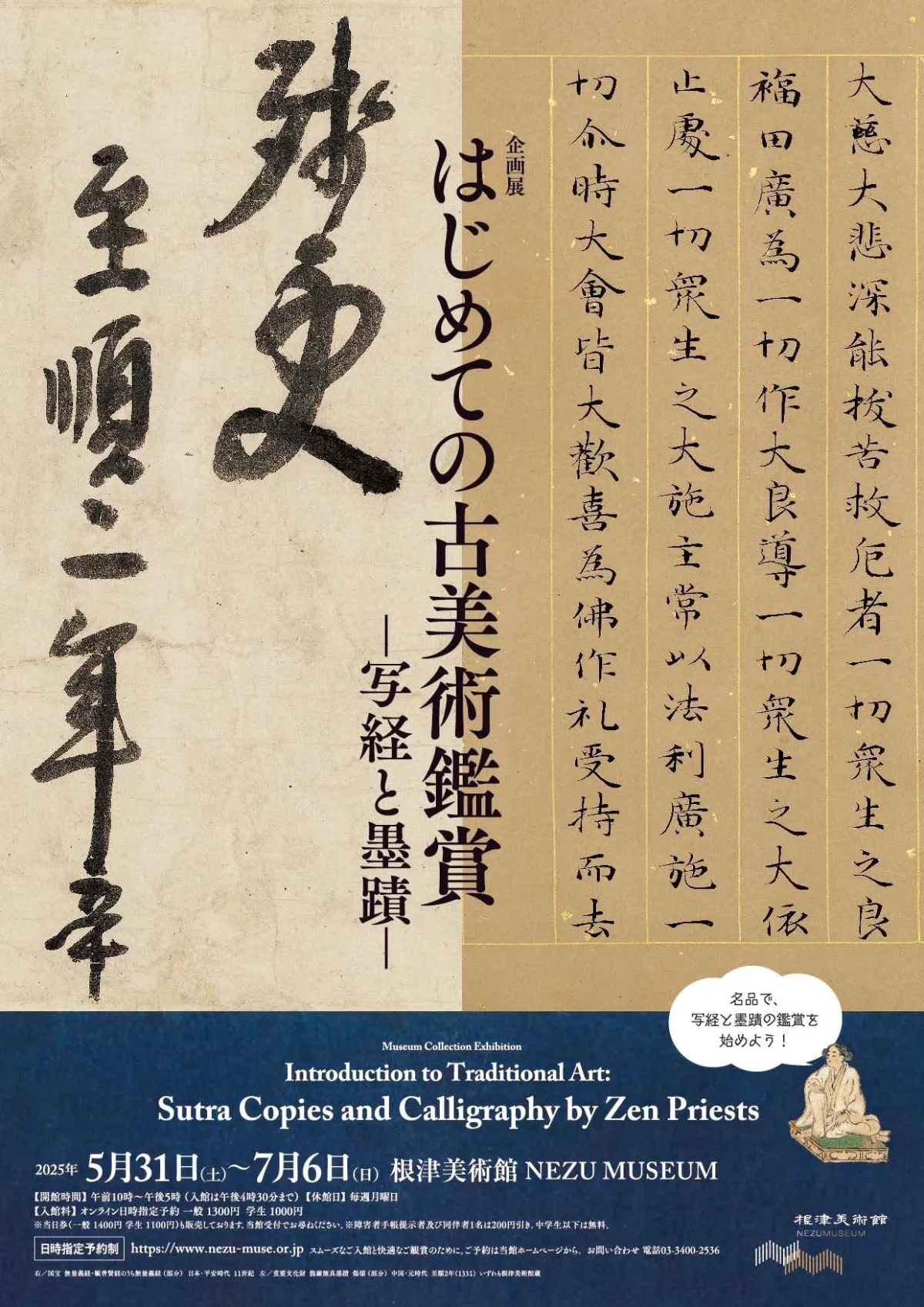
Exploring Traditional Japanese Art: The Calligraphy Exhibition from Nezu Museum
A Journey into Traditional Japanese Calligraphy
The Nezu Museum in Minami-Aoyama, Tokyo, is set to unveil its latest exhibition, "The First Experience of Ancient Art – Transcriptions and Ink Strokes," from May 31 to July 6. This exhibition promises to illuminate the nuanced world of traditional Japanese calligraphy, specifically by exploring the intricate practices of Sutra copying (写経, shakyo) and distinctive ink strokes (墨蹟, bokuseki) that have historically graced Japan's artistic landscape.
Unveiling the Art of Shakyo
Sutra copying dates back to the arrival of Buddhism in Japan in the 6th century, continuing with unbroken dedication to this day. Its roots stretch back to the Nara period, when specialized calligraphers produced works that exemplified strict and precise handwriting styles. Additionally, the illustrious hand-copied sutras commissioned by Heian period nobles reveal insights into the aesthetic values of the time through their decorative paper and calligraphy styles. This careful transcription of religious texts represents both an artistic endeavor and a spiritual practice, although many might find it daunting or inaccessible.
The Allure of Bokuseki
On the other hand, ink strokes have primarily been associated with Zen Buddhism, where prominent priests gave these pieces to their disciples as tokens of progress during their spiritual journey. Each ink stroke captures the essence of its creator's personality, imbuing the works with a unique character. As time passed, these ink strokes began to be valued in the ceremonial tea practice, becoming revered hanging scrolls in tea rooms.
Exhibition Highlights
“The First Experience of Ancient Art” exhibition aims to demystify these art forms by juxtaposing the two: shakyo and bokuseki. Participants can visually appreciate the contrasting forms side by side within the museum's designated exhibition space. The showcased treasures include national treasures and significant cultural assets from the museum’s own collection, enabling visitors to understand their historical importance and artistic merit through easy-to-grasp commentary without overwhelming jargon.
Among these revered pieces is the "Kanjis of the Perfect Wisdom Sutra" handwritten beautifully during the Heian period in the 11th century. This work exemplifies the harmony of script and decorative paper, showcasing the zenith of Heian aesthetics. Another significant item is the "Burnt Sutra of the Flower Garland Sutra," a rare remnant from the Nara period, notable for its resilience amidst a fire, preserving its invaluable content.
The exhibition also features bold and expressive bokuseki works from revered Zen monks, such as Ichizan Ichinei’s striking broad strokes. This particular piece, created to encourage discipline among practitioners, manifests in a flowing cursive style that invites deep reflection.
Bridging Generations Through Art
Initiated in 2016, this exhibition series has seen a rising interest among younger generations in traditional art forms like Buddhist statues, swords, and Rinpa art. By addressing the common perception of traditional art as being elitist, the exhibition involves relatable narratives and explanations, aiming to engage audiences and broaden their appeal for ancient art.
This is the sixth installment in the series, following previous exhibitions that have explored various aspects of classical art techniques and themes.
Related Events
In addition to the main exhibit, the museum will offer slide lectures led by curator Yoko Fukushima, scheduled for June 13 and June 27, providing face-to-face insights into the exhibition. Interested visitors must register in advance, as slots are limited.
The museum will also concurrently host an exhibition titled “The Making and Enjoyment of Otsu-e,” showcasing these traditional folk paintings from Kyoto and Otsu.
Handling Visitor Experience
The exhibition is free of charge but does require the museum's entry fee. Reservations are highly recommended due to a limited capacity and expected high demand for this cultural event. The museum will be open from 10 AM to 5 PM, closed every Monday.
This comprehensive exploration of ancient art emphasizing shakyo and bokuseki will serve as an exceptional introduction for those interested in Japan's rich artistic heritage.

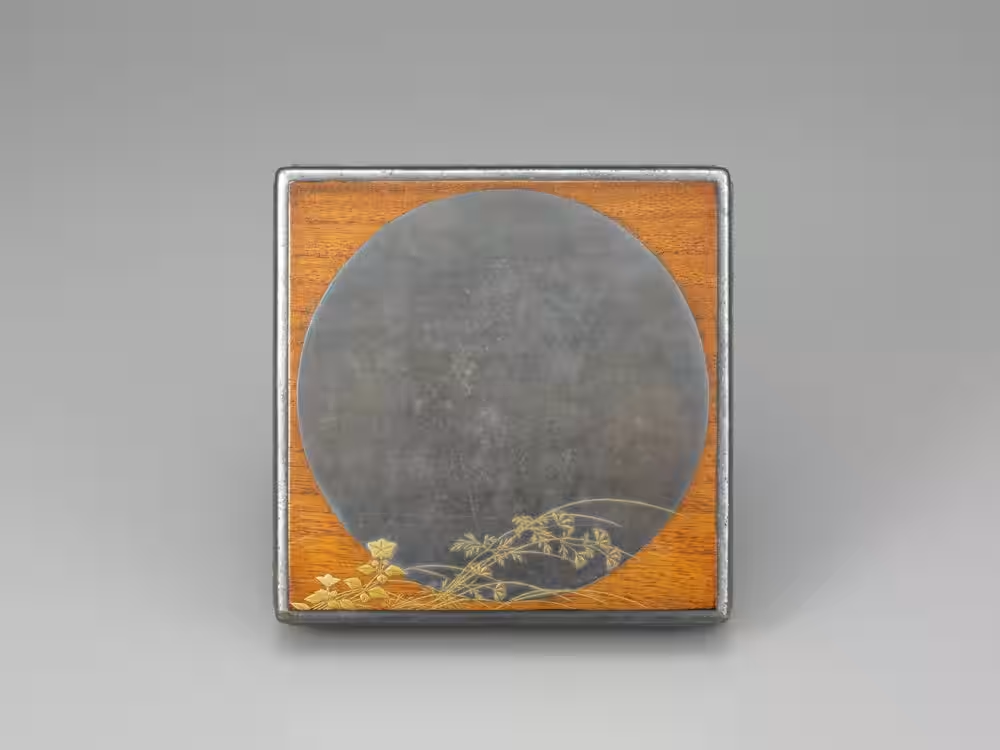
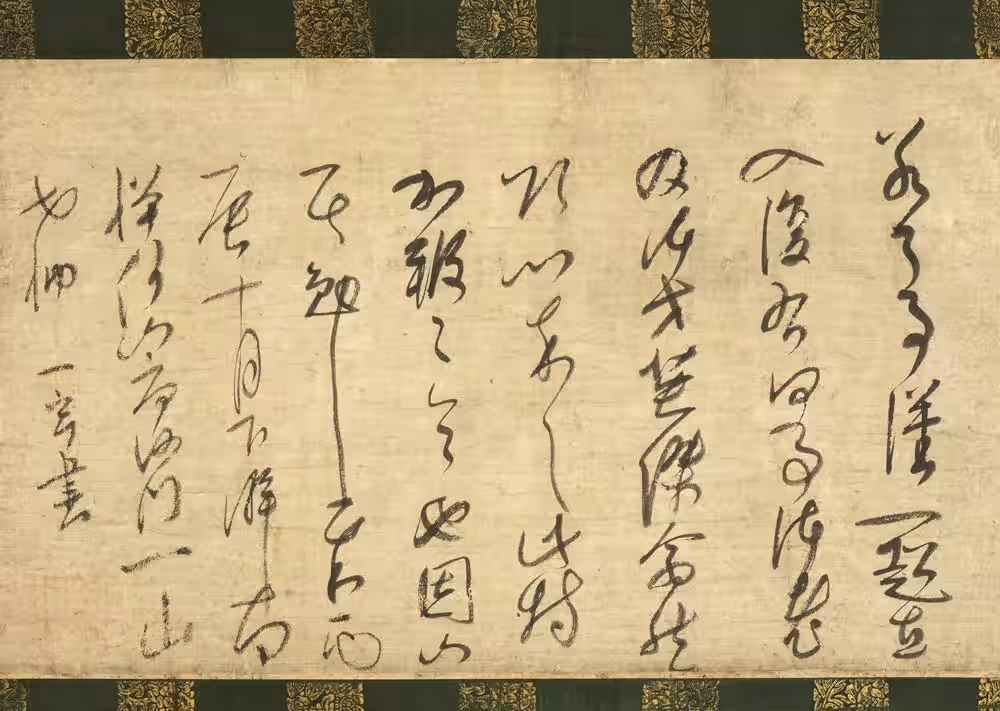

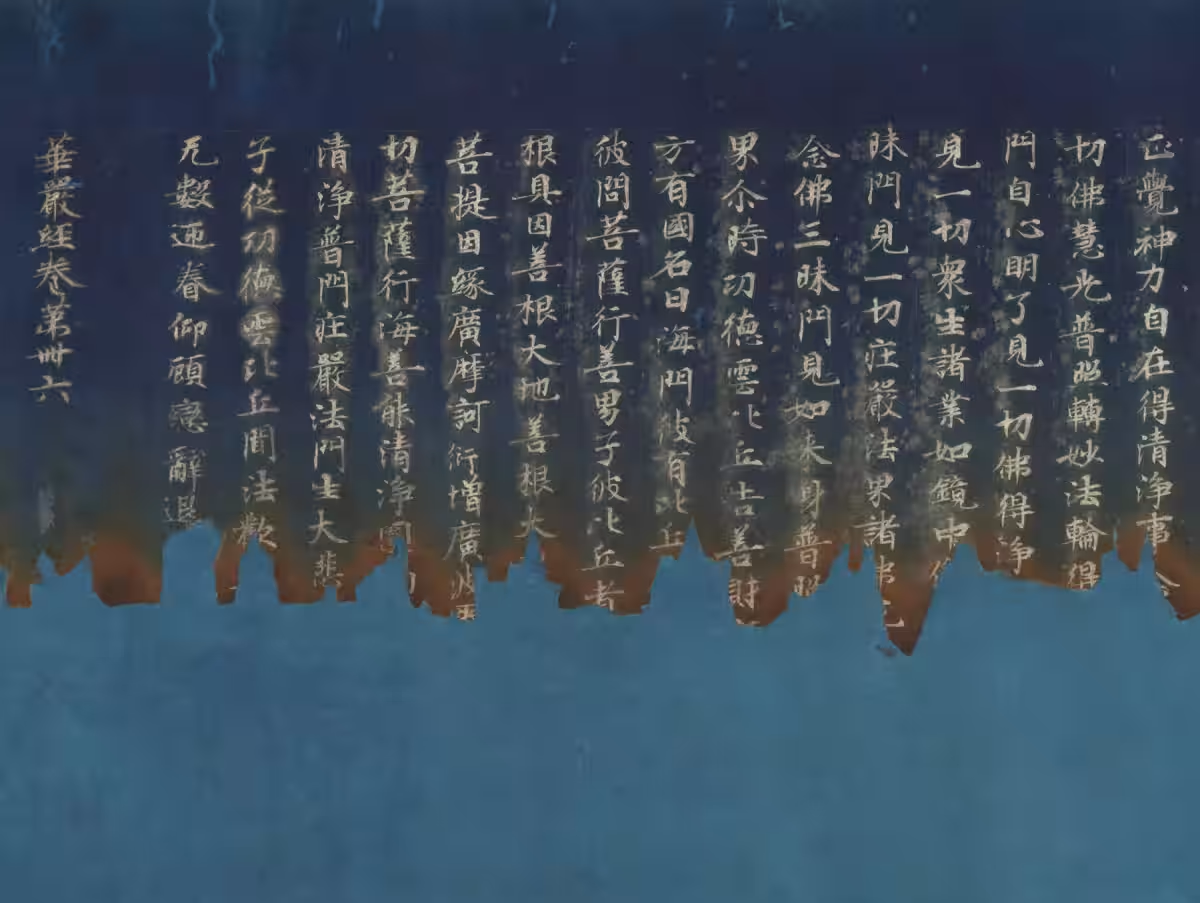
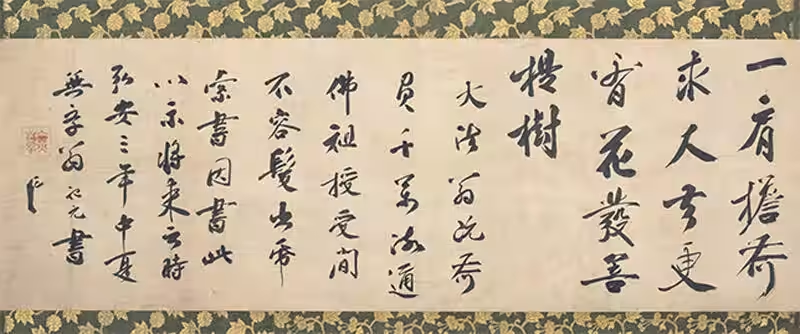
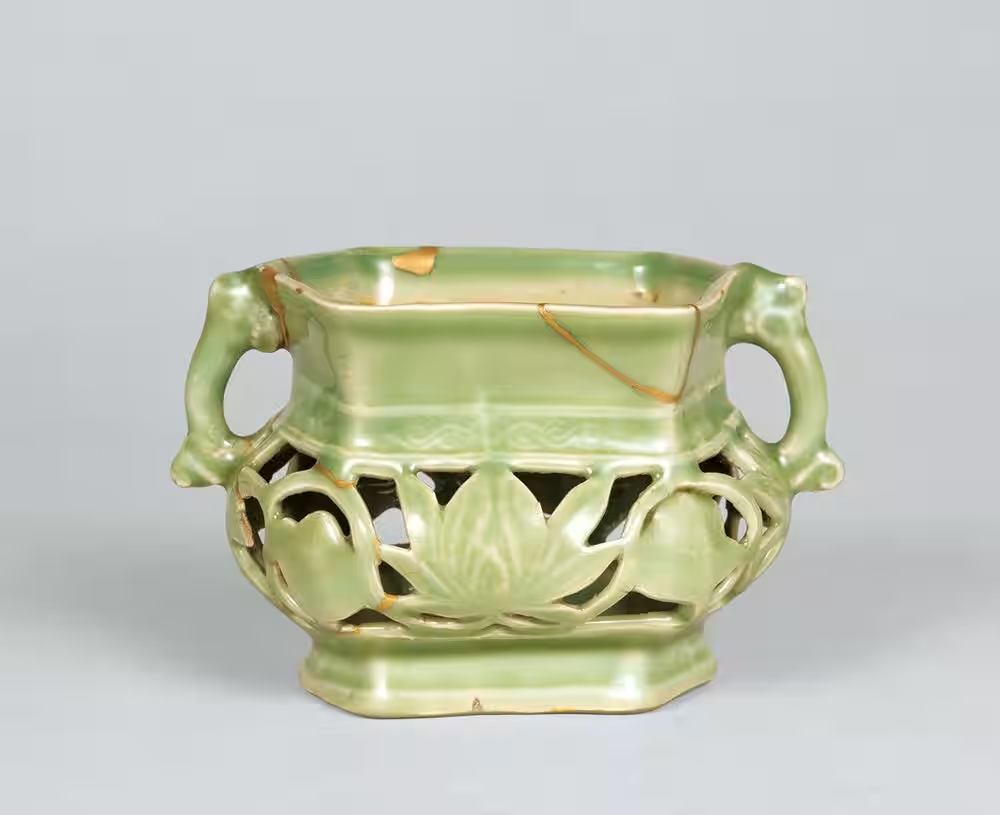

Topics Entertainment & Media)



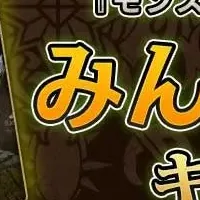

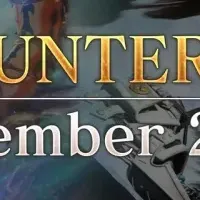

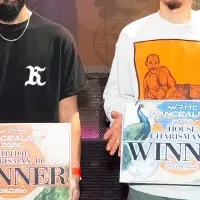
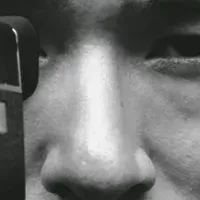

【About Using Articles】
You can freely use the title and article content by linking to the page where the article is posted.
※ Images cannot be used.
【About Links】
Links are free to use.